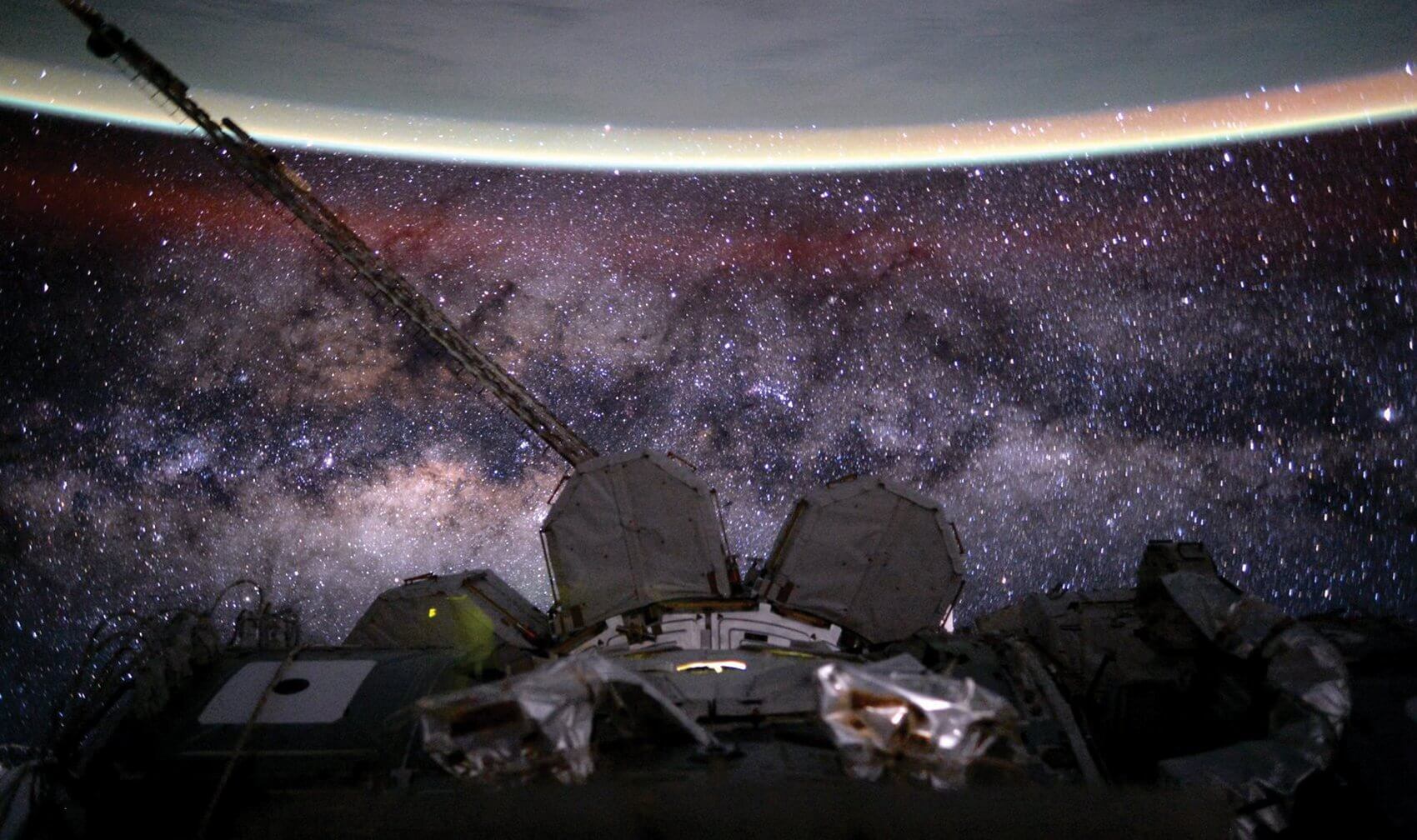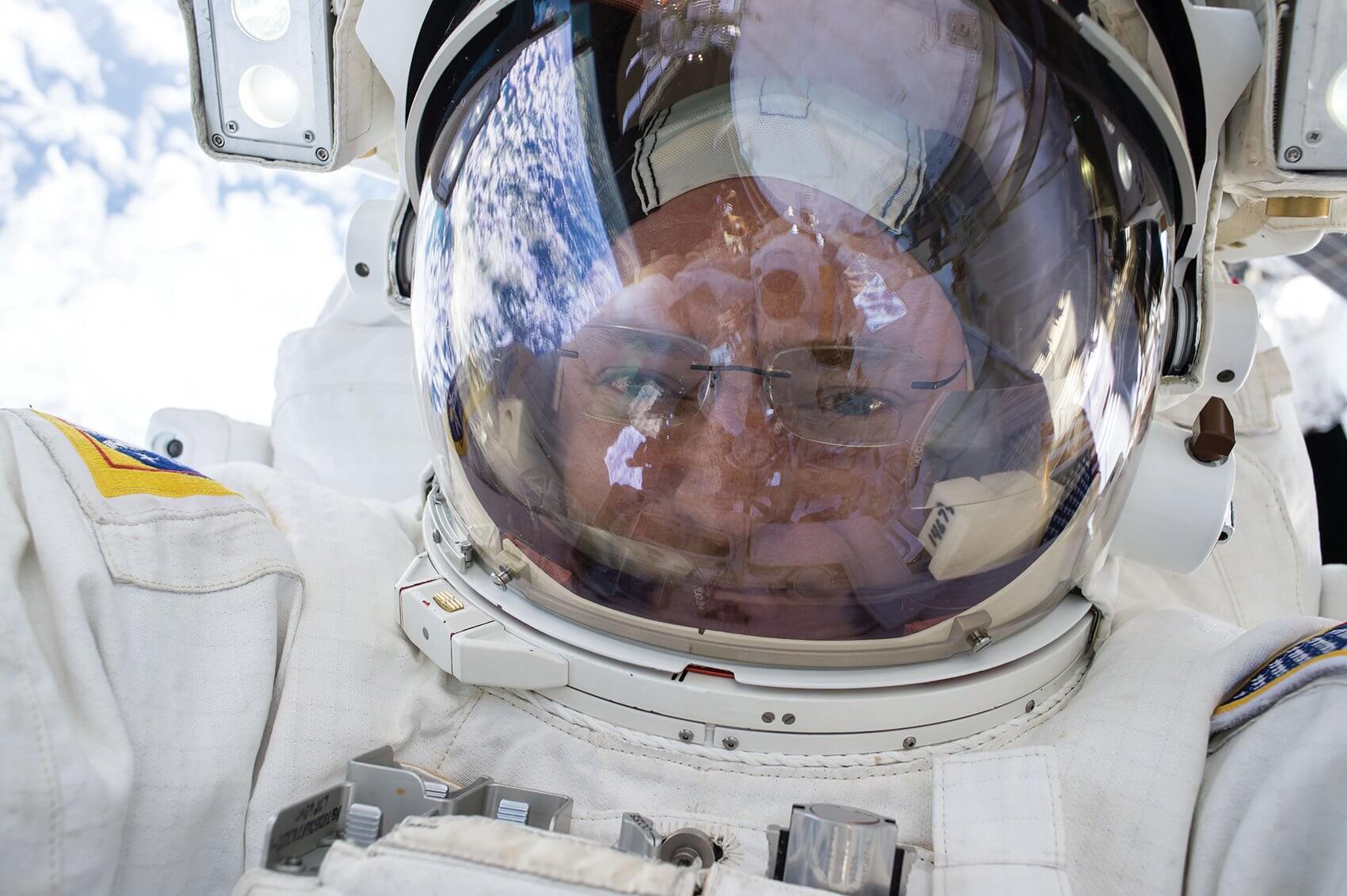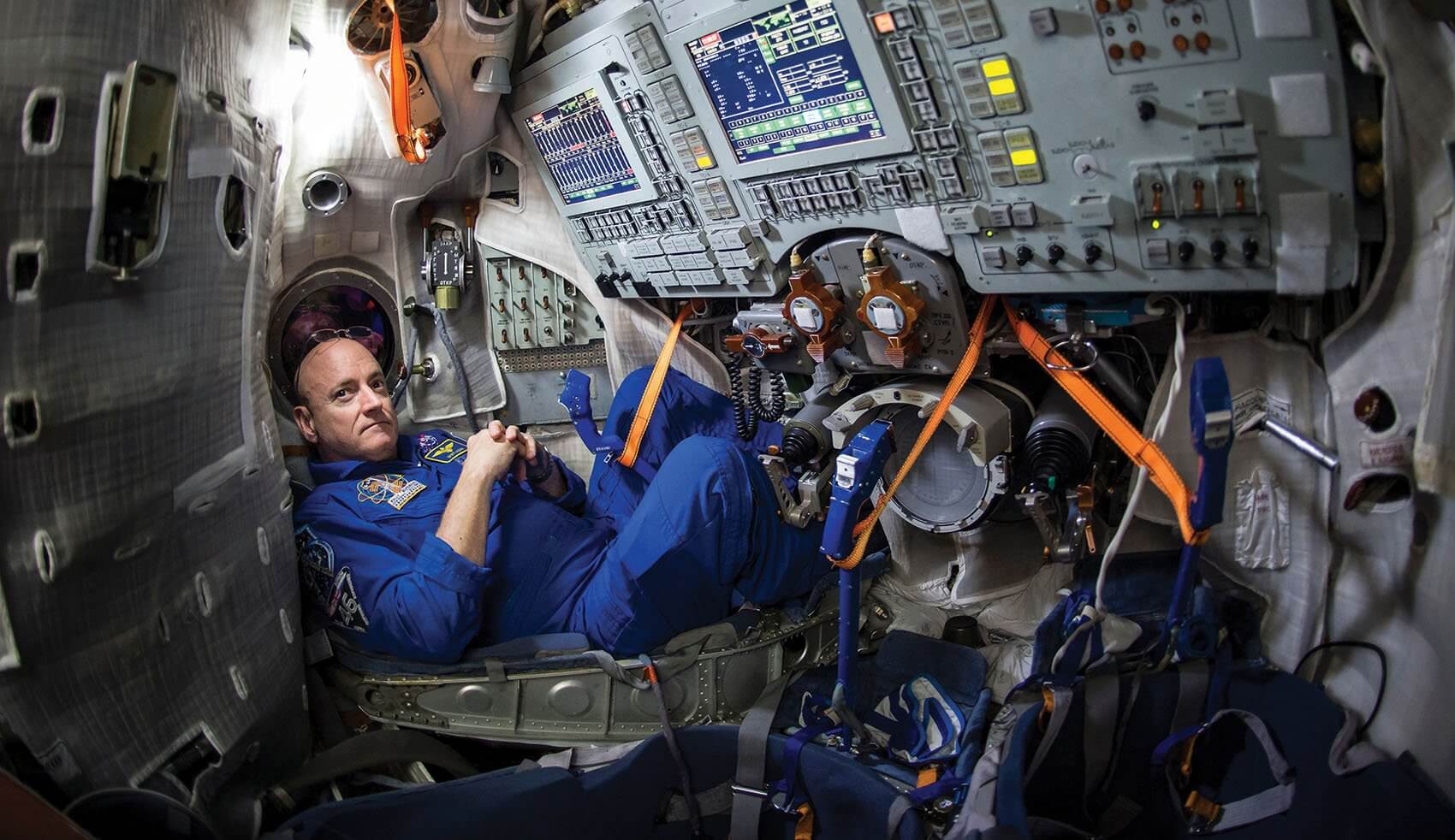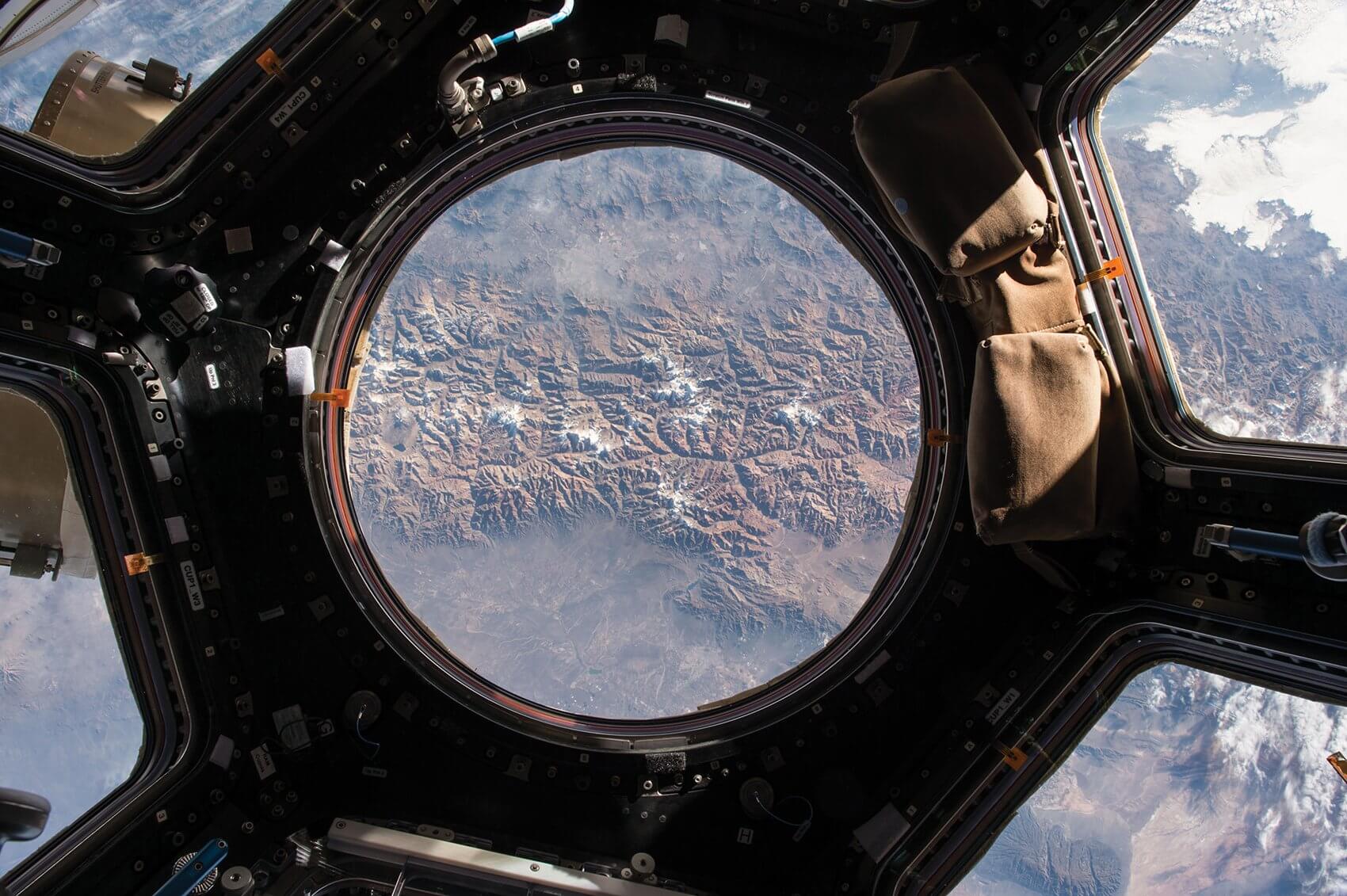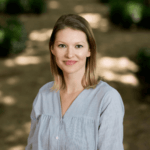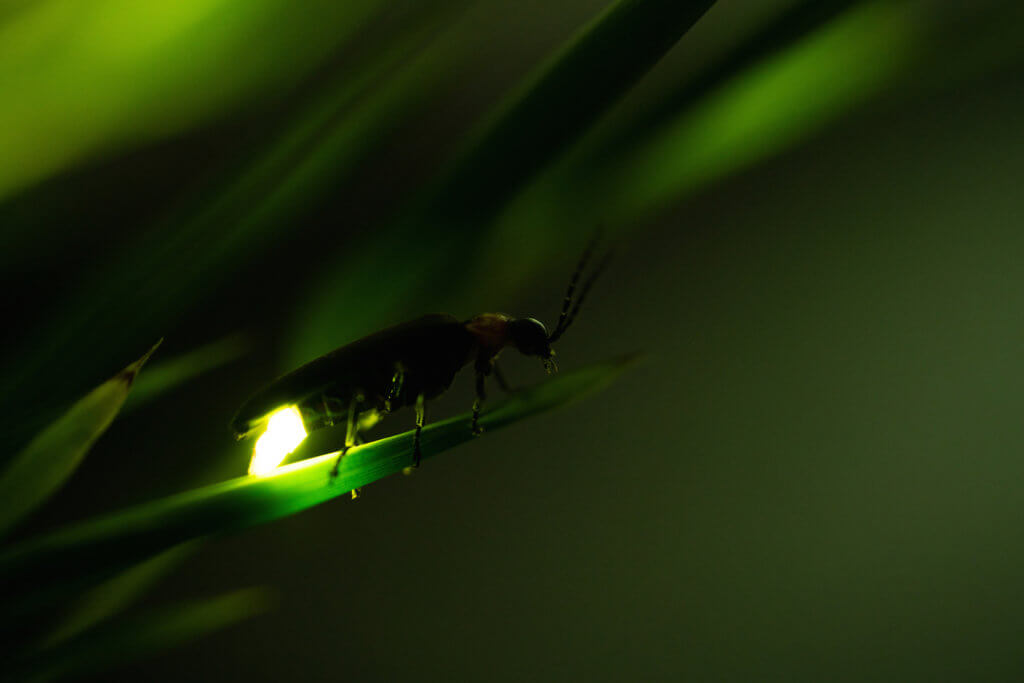On Medicine and Mars

How studying the Kelly twins will shape the future of space exploration and human health here on earth
As the city of Houston approached midnight on March 1, 2016, NASA astronaut Scott Kelly landed on Earth—in Kazakhstan, to be exact—after having spent the previous 340 days in orbit. It was the longest consecutive period of time any American had ever been in space, but Scott’s mission wasn’t just about breaking records. Close to 400 experiments took place during his year on the International Space Station (ISS), with he himself being perhaps the most important of them all.
One of NASA’s primary objectives in Scott’s extended deployment was to study the effects of longer duration space travel on the human body with an eye toward future missions, including a human-piloted trip to Mars. To collect the necessary data, Scott underwent extensive medical evaluations prior to launch, collected frequent samples while aboard the ISS, and is slated to undergo rigorous medical assessments now that he has returned to Earth’s standard gravitational pull. It’s all expected to provide researchers with invaluable insight into the myriad known and unknown ways weightlessness might influence the interworking of human biological systems, but the experiment has a twist: Scott has an identical twin.
Captain Mark Kelly, the elder of the brothers by six minutes, is himself a retired astronaut and has been serving as a control subject here on Earth—undergoing many of the same tests and collecting numerous samples of his own. Of course, Mark isn’t a perfect benchmark: the pair have been eating different diets, engaging in varying levels and types of physical activity, and, at least while Scott was in space, embracing daily routines in stark contrast to one another. Aboard the ISS, Scott’s day-to-day was characterized by a regimented schedule in a confined and fixed environment. Mark, on the other hand, spent the past year traveling around the country with his wife, former Congresswoman Gabrielle Giffords—who survived an assassination attempt in 2011—advocating for gun violence prevention on behalf of their organization Americans for Responsible Solutions.
While the customary scientific method may cringe at how seemingly unempirical the baseline data might be, the twins’ different environments are actually the point. With nearly identical genomes, scientists have the opportunity to delve into the molecular-level details of the twins’ DNA, RNA, proteins and metabolites and tease out genetic changes that may have been caused by spaceflight itself. Essentially, their hope is to answer the age-old question of nature vs. nurture—just, you know, in space.
The potential applications won’t stop with mankind landing on an asteroid or setting up camp in a Martian crater. As with anything NASA has ever done, the aptly named Twins Study will benefit more than just the mission at hand or the astronauts involved.
“I don’t think it’s an exaggeration to say that everything we learn about the human body, whether it’s in space or on the ground, benefits all of us here on earth,” said John Charles, Ph.D., chief scientist for NASA’s Human Research Program.
NASA developed the Human Research Program in early 2004 to support the health and performance of individuals traveling to space, based on the acknowledgment that time spent in space does present risks. The agency had already observed higher amounts of radiation exposure (astronauts on the ISS experience as much as 20 times more radiation than on Earth) as well as fluid shifts and bone and muscle loss in astronauts returning from short stints in space, and with hopes for further exploration, a branch dedicated to the development of new methods and technologies to mitigate these concerns was critical. Working closely with the Human Research Program on this endeavor is the National Space Biomedical Research Institute (NSBRI), a consortium governed by 12 institutions, including Texas Medical Center members Baylor College of Medicine and Rice University, dedicated to reducing the human risks inherent in long duration spaceflight while also translating their research into applications for advancing human health here on Earth. When the Twins Study was initiated—after an innocent question from the brothers themselves—the Human Research Program and NSBRI put out an industrywide call for proposals. Ultimately, 10 investigations covering a wide scope of scientific inquiry were selected, and thus began a first-of-its-kind broad-spectrum analysis of how the human body adjusts to zero gravity, radiation exposure, isolation and the unique stressors of the spaceflight environment.
Two of the 10 studies look specifically at human physiology and how microgravity may provoke changes in muscles and organs such as the heart or the brain.
One of these studies, jointly led by NASA and the Dana-Farber/ Harvard Cancer Center, will study metabolomic and genomic markers of atherosclerosis as related to oxidative stress, inflammation and vascular function, taking an in-depth look at the cardiovascular health and function of Scott and Mark before, during and after the mission.
The second of the physiology studies involves proteomics—the study of the structure and function of proteins—to understand fluid shifts in the body and the potential association of those shifts with visual impairment and intracranial pressure. Without gravity to pull fluids like blood down toward the legs, the balance of the body’s fluids changes, which may explain the altered vision so many astronauts describe after several months in space and after returning to Earth.
A third study covers behavioral health. Understandably, long duration space flight, characterized by a confined and foreign environment, the absence of friends and family, and few if any creature comforts, could provoke fluctuations in mental capacity and overall function. This investigation, organized by the University of Pennsylvania Perelman School of Medicine in conjunction with Pulsar Informatics, a tech company that creates tools to measure behavioral performance, hopes to identify some of the effects spaceflight may have on perception and reasoning as well as decisionmaking and alertness.
Another investigation, managed by Northwestern University’s Feinberg School of Medicine, Rush University Medical Center and the University of Illinois, covers microbiology and the microbiome, which is the study of the microbial ecosystem within the human body. The microbiome is often cited as a “second human genome” and has been heralded as the key to groundbreaking new treatments for a wide variety of common conditions and diseases. This investigation will utilize metagenomics sequencing to compare the microbiome in the GI tracts of the twins to determine how their dietary differences and unique stressors may affect the interplay of the trillions of tiny organisms living in their guts.
The remaining six research investigations fall under a broad category known as omics, a field of molecular study that takes into account the integrative nature of various biological forces, many of which happen to end in the suffix “-omics” (think genomics, transcriptomics, epigenomics, proteomics and metabolomics). These investigations will examine genetic changes between the twins as well as variations in proteins and metabolites in biological samples such as blood, saliva, urine and stool, covering a broad spectrum of analysis including whole genome sequencing, epigenetics, biochemical profiles and immune response, among others.
One of the omics studies, run by NASA and Colorado State University, will take a comprehensive look at the telomeres in Scott and Mark’s DNA and the telomerase concentrations in their cells. Telomeres are regions of repetitive nucleotide sequences that serve as “caps” at the end of each chromosome, intended to protect the end of the strands of DNA during replication. Over time, as an organism ages and its chromosomes engage in ongoing replication, its telomeres become shorter. Thus, measuring a person’s telomere length will indicate a true age of that person’s cells—researchers believe that telomere length will be based not only on age as it relates to time but also on environmental factors such as diet, radiation exposure, disease or a host of other stressors.
By comparing Mark’s and Scott’s telomeres, scientists may get a glimpse at the molecular-level effects of space travel on cellular aging, something that will be necessary to understand before sending a crewed mission to Mars, but that may also provide invaluable insight into how we view and subsequently treat issues related to aging here on earth.
“Space seems to accelerate, at least with some of our body’s systems, the effects that we would see when somebody ages,” explained Graham Scott, Ph.D., vice president, chief scientist and institute associate director for NSBRI and an associate professor within Baylor College of Medicine’s Center for Space Medicine and Department of Molecular and Cellular Biology. “So in addition to it being a good model for stress in general, spaceflight may also be an analogy for aging. In reference to our study of the telomeres, we’re going to be gathering data to see if Scott’s telomeres are shortening more rapidly than his brother’s.”
“Many of the effects of being in space on astronauts—bone loss, changes in balance and decreases in immune function—look a lot like aging on Earth, even though the causes are different,” echoed Julie Robinson, Ph.D., chief scientist for the International Space Station Program. “Astronauts are some of the healthiest people out there. So when we look at the genes that are involved in the effects in space, we can gain insights into the functions of those genes and systems that can be valuable for finding innovative ways to treat disease back here on Earth.”
The results could have widespread value in the medical world, since many of the diseases and conditions that most often plague humans have origins in the passage of time. Even more, telomere research has promising applications in cancer research, with studies showing that telomere dysfunction is common in tumor development and that malignant cells experience seemingly unlimited telomere extension capabilities.
As Charles previously explained, anything NASA and the research institutions learn about the human body in preparation for years-long space travel will inevitably prove useful to medicine here on Earth, because the human body is still the human body, wherever it may be. Furthermore, the process of the research itself is expected to have groundbreaking implications in the medical field and beyond. Its design is revolutionary in breadth and scope, not only because of the variables (identical twins and space), but also because of the integrated nature of the studies and the kind of data being collected.
“There have been very few integrated omics studies where you look at the genome, transcriptome, proteome, metabolome and microbiome together, and nobody has ever done this kind of study with twins before,” said Graham Scott. “The Twins Study will create a blueprint or framework for how you might approach these kinds of really ambitious integrated omics studies moving forward.”
In addition, the detailed evaluation of Mark and Scott’s individual genomes harks to the rapidly growing field of personalized medicine, also known as precision medicine, in which diagnosis and treatment is tailored to the individual based on molecular-level analysis and genetic makeup. The researchers will be studying the brothers in such detail that both were asked to meet on multiple occasions with genetic counselors from Baylor to discuss the ethical implications of knowing so much about their DNA.
Because a mapped genome has the potential to expose genes that carry inherited diseases like Alzheimer’s or Parkinson’s, counselors help individuals understand the risks and benefits of knowing their genetic results, as well as disease management options, if needed.
“One researcher told us that after the study is over, they’re going to have more information on Scott and myself than any other human ever,” Mark said. “It will be interesting. Being an engineer, and someone who thinks that data is important in making decisions, I’m inclined to say that I’d like to know everything. I’m prepared for bad news; I think bad news is better than not knowing at all.”
It’s a lot of data and information, not just for NASA and the twins themselves, but for universities, medical centers and cancer hospitals interested in developing the best methods for understanding diseases and developing future therapeutics. And while it will be invaluable in some ways for the future of space travel and medicine alike, many unknowns will remain, and there will still be much to do after the study is completed.
“We understand that we won’t be able to generalize our results to the whole population of astronauts or people on Earth based on this one study,” explained Charles. “The study of one astronaut and his twin brother is not going to solve problems or answer questions conclusively or rigorously. But it |will show us areas for future investigations. We’ll look at where significant differences have occurred and focus our future research on those opportunities.”
In the meantime, the twins continue to work closely with NASA to collect samples and undergo clinical assessments. And aside from the obvious differences— Scott’s fatigue from what he’s described as “extreme jet lag” and Mark’s significantly better tan—most of the variances won’t be made available to the public for quite some time. Scientific analysis on the bulk of the samples isn’t scheduled to begin for at least another six months, and the researchers will then need to coordinate their findings and collaborate on a publishable set of outcomes.
It is just the beginning of a long and difficult journey, but nobody goes into fields like aeronautics or genomics because they’re easy. They pursue this work because it is the path to exploring Mars, to developing successful cancer treatments or new drugs for heart disease—they pursue it because it contributes to the future of mankind.
When asked what Scott will miss most about being in space, he didn’t say the spectacular view, the thrill of the spacewalks, or the relative peace and quiet of the ISS, casually orbiting the earth every 92 minutes. He said it was the challenge.
“Doing this job is something that’s very challenging, very difficult, and then working hard at it and then just being fulfilled by your success,” he said. “The implications of you messing things up are so severe that it makes it more rewarding. It’s kind of like why I wanted to be a pilot in the Navy and land on the aircraft carrier. It’s not because I thought landing on the aircraft carrier would be fun, it’s because I knew that it was hard and there was risk and it was important.”
Editor’s Note: At the time of press, Scott Kelly announced he would be retiring from NASA, effective April 1. He will continue his participation in the Twins Study.

